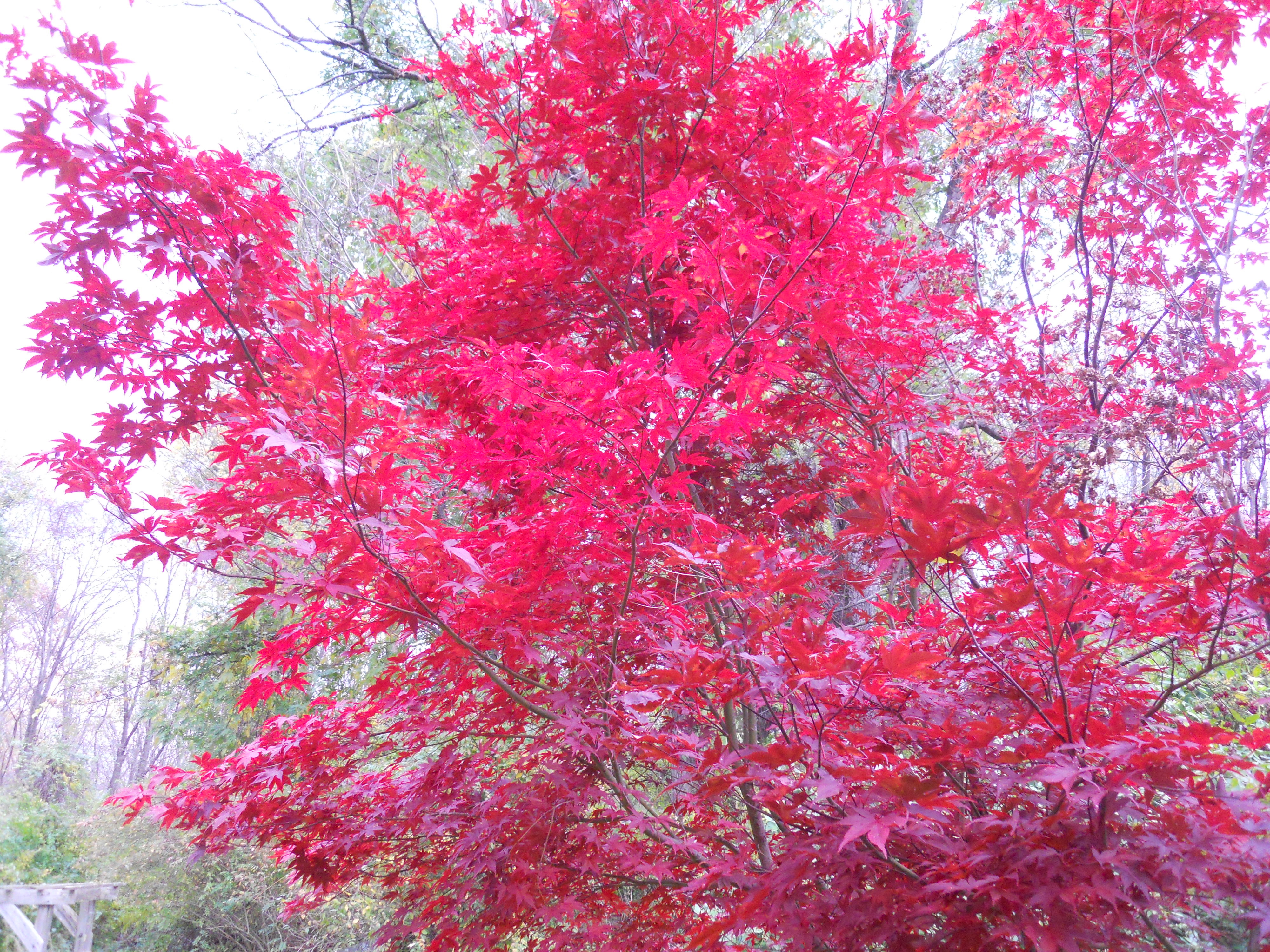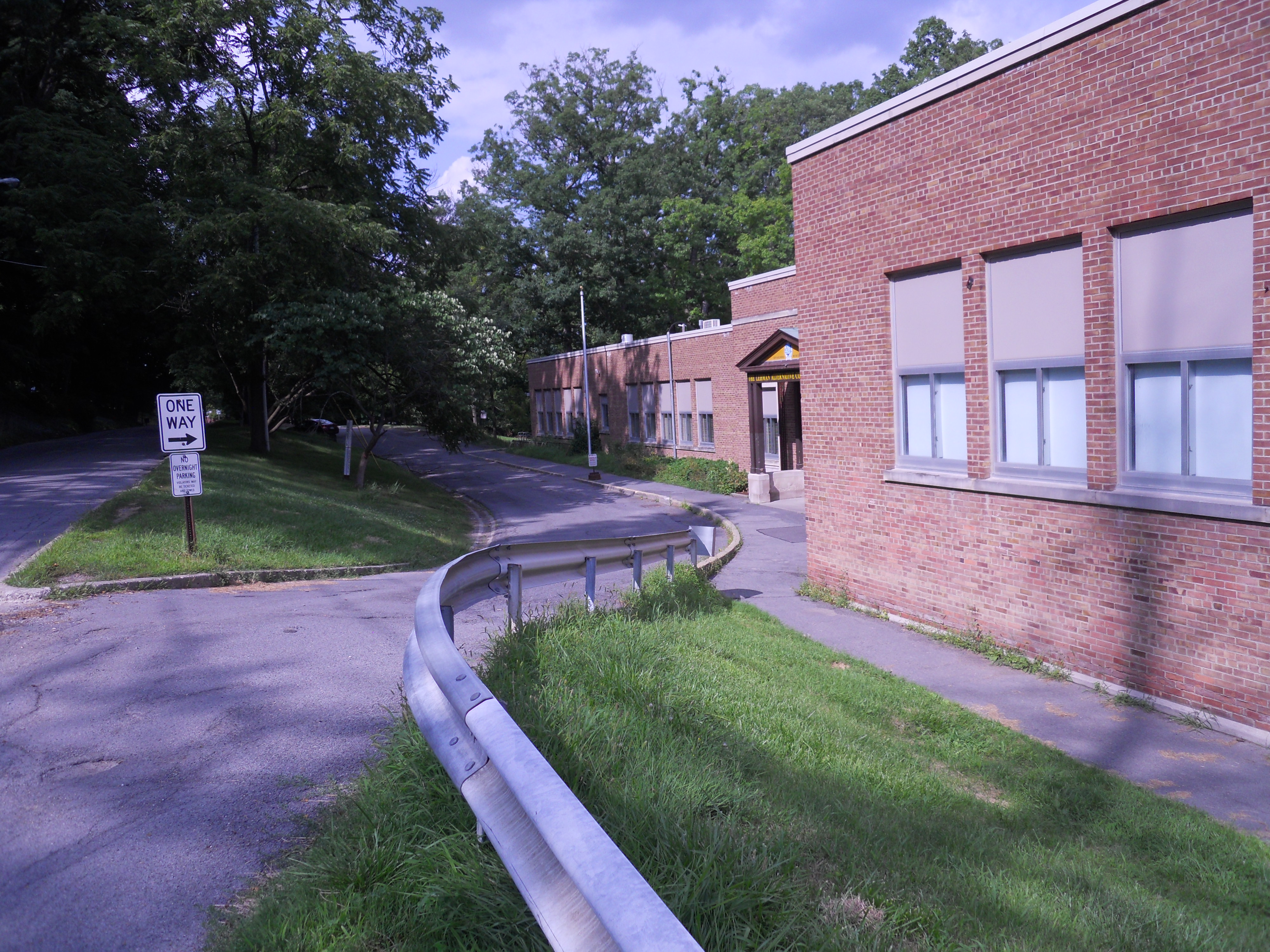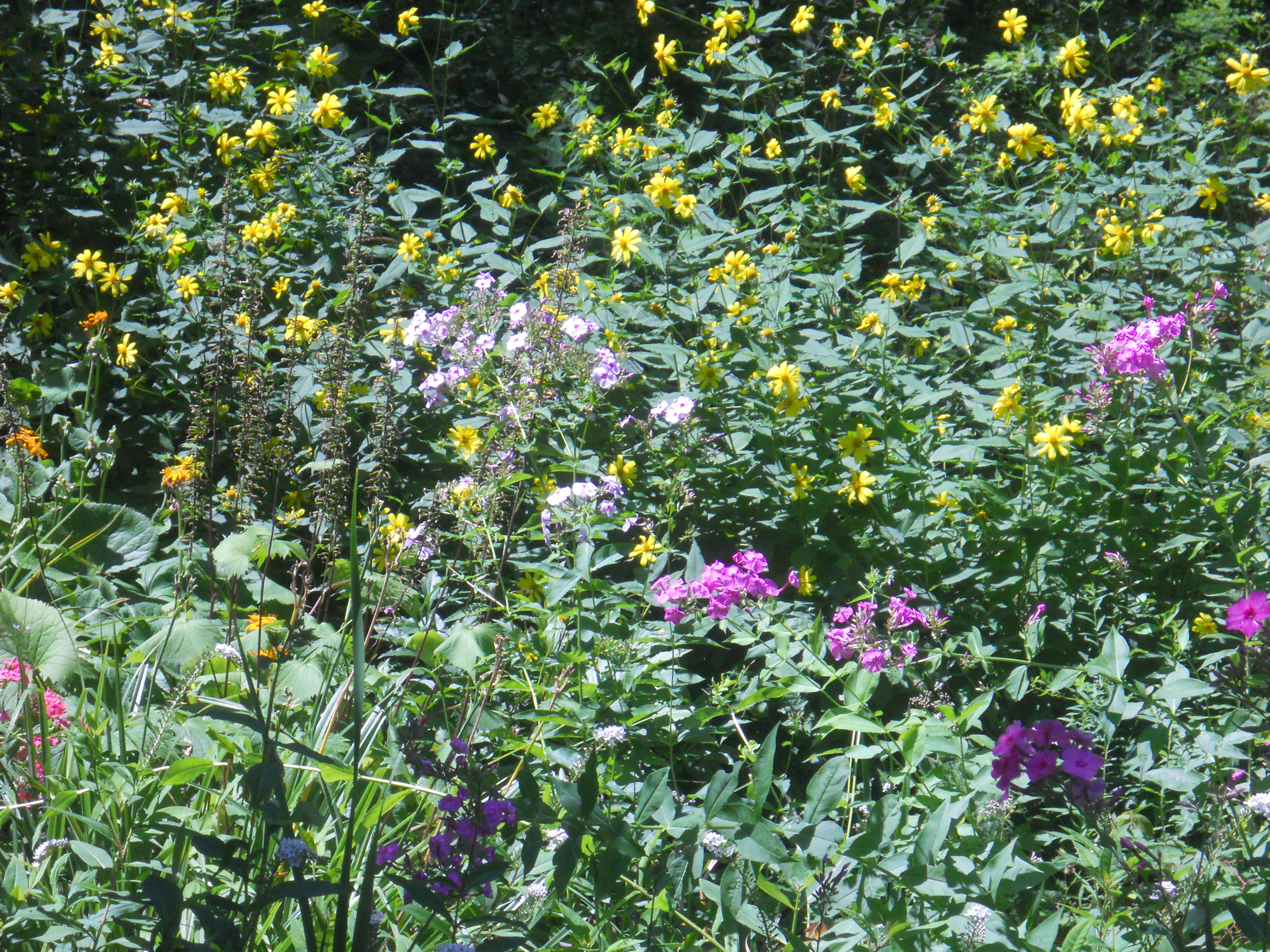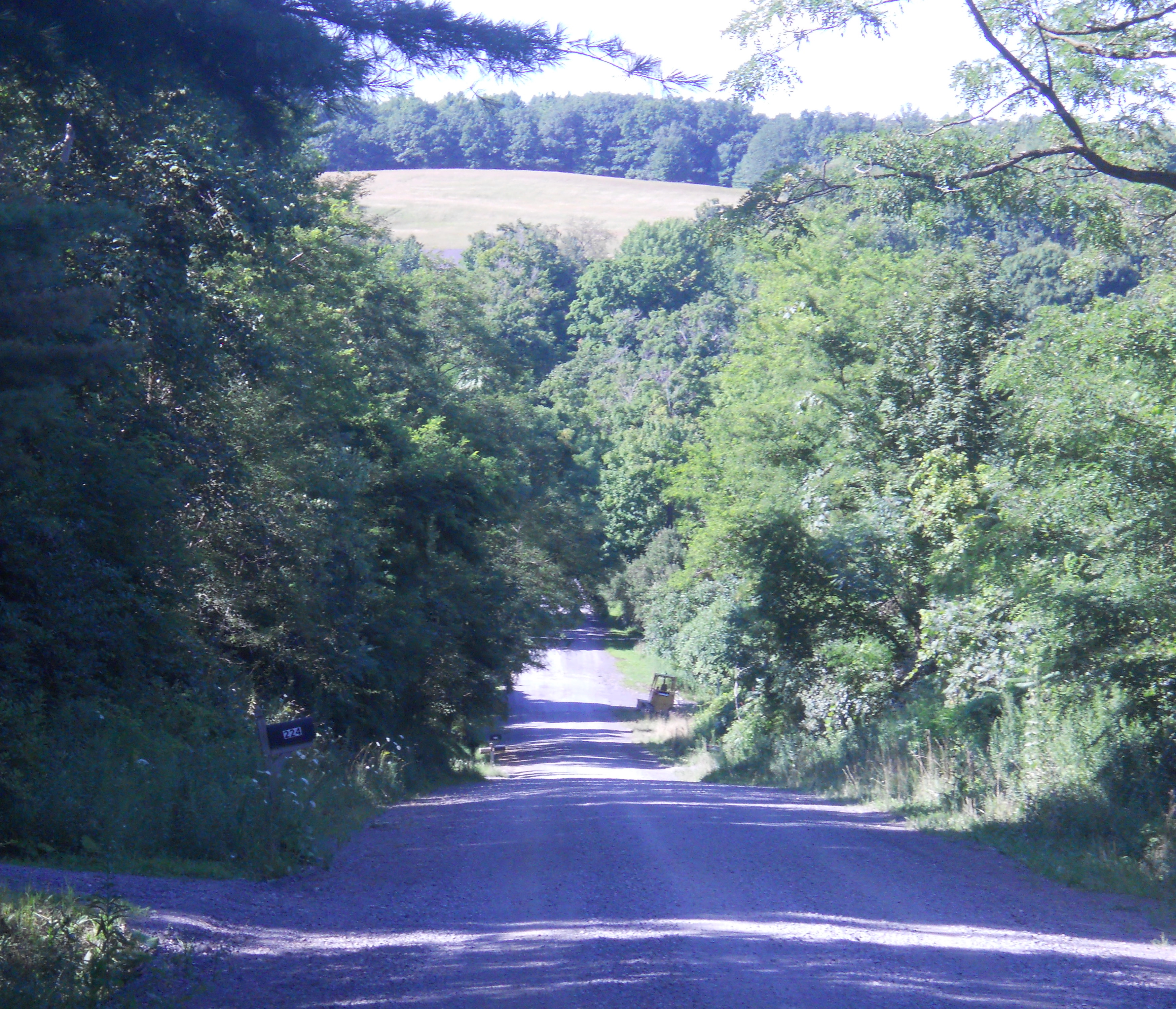When you think of facts, like the date Napoleon was defeated at Waterloo or when the number zero was first discovered (or invented?), it is easy to think of those facts as if they were independently existing things. You look at a building or a wasp flying around your head and you see them as independent things, certainly independent of you—and maybe you’re glad of that independence. The tree over there or that man by the tree gnashing his teeth and scowling at you as if angry, seem to exist as you see them but independent of you seeing them. Does any fact or theory exist on its own, independent of people who discover or read about or perceive them? And how do you teach about a historical fact or a scientific theory, for example, or even a “thing,” like this table I am writing on or this computer keyboard?
The concept of a holon provides a helpful way to teach and think about facts and things. In 1967 Arthur Koestler, a Hungarian author and philosopher, coined the term ‘holon’ and defined it as a “whole-part.” ‘Hol’ (’holos’) means whole, self-contained, a surface with a boundary. ‘On’ means a basic unit in something larger than itself, as in ‘electron;’ open, interconnected or interdependent. Everything exists, he says, as both a distinguishable unit and, at the same time, a part in a larger whole. Each part influences and is influenced by the whole. Neither exists without the other. There is no living leaf without the tree, no living tree without the leaf.
We imagine things can exist on their own only if we don’t notice or we actively ignore an implied context. You might think of the sound of a letter as inherent in the letter, not you, not dependent on the language you are speaking, and your time and place in history and your vocal cords. But what turns a squiggly line into a letter? I write a letter ‘B’ on a white board with a black marker. How am I able to even see the ‘B’? I need a contrast in order to perceive. The black ‘B’ exists as a distinguishable marking only due to the contrast with the white background. If the white board was black, the markings would disappear. There is a “figure-ground’ relationship; the letter stands out as my brain focuses on it as a distinguishable figure. “Figure-ground” is like “part-whole.” A word seemingly has meaning by itself, until you put it in a variety of contexts. And to think clearly, we need to mentally place supposed facts in a variety of contexts. For example, add the letter ‘B’ to ‘ark’ and you get ‘Bark.’ Is ‘Bark’ a sound, or the outermost layer of a tree? Without context, no meaning.
I hold a coin, a quarter in my hand. It exists on its own. It lies there in my palm. But it becomes a quarter, not a piece of some metal, due to the context of our culture, a monetary system, a language. It has value only based on what I as a person, the culture I live in, the situation I am in (for example, needing a quarter for a parking meter) assign to it.
I might think of myself as independently existing. I can feel isolated from others and my world. But I couldn’t last for even a second if “I” or whatever “I” stood for was isolated from the world. I don’t exist without air, nutrients, sunlight, gravity, language and culture, other people, etc. Even the thoughts in my head usually imply a speaker, a listener and a storyline uniting them both in a context of meaning. As physicist Jeremy Hayward points out, I, like a holon, have an “inside,” experiential, subjective, “what it feels like to be” aspect, and an “outside,” surface, objective aspect. Your skin can be considered a boundary line, a potential point of conflict or isolation, but also a point of contact. It’s difficult to touch another person without skin.
I know teachers who creatively use the concept of holons to teach subjects like ecology. An environment is a system of interacting holons, or processes. Just like the leaf and the tree, the process of photosynthesis and the carbon cycle, depend on sun, air, the earth, other living beings, etc.
I think ‘holon’ should become a commonly taught concept in schools and homes. From an early age, teachers already try to help students learn by embedding material in contexts. You figure out what a word means by looking at the context in a sentence, for example. In elementary schools, teachers could find age-appropriate ways to ask students: “What are you part of?” What places or groups or relationships are you connected to? Students might say their family, their class, and with questioning, their friends, their pets, their city or town, their teams, the human race, the flowers they planted in the garden, the food they ate for lunch, etc. “What makes a good friendship?” In order to get the other side of the holon, you could ask students what they could contribute to any relationship. To go further: “What does it feel like when you’re calm? When you’re angry? What can you do to help others be calm? What do you do that upsets others?” Students could create charts, write vignettes of friendships, of listening to others. There’s so much you could do with this.
In secondary schools, the questioning could get more sophisticated. “In what ways does your idea of yourself change depending on who you are with?” “Give examples of how the context of a situation changes how you view the actions of a person.” “What can the concept of a holon reveal about what is needed for a good friendship?” You could jokingly ask: “How does your nose become a nose? Does a nose exist without a face? Does a face exist without a body? A body without an environment? Where does the nose begin and the cheeks end?” “How does ‘no’ depend on ‘yes’ and vice versa?” You could mindfully listen to your thoughts and ask, “Who is speaking?”
There are no decontextualized facts, but it is easy to lose sight of that. There are no decontextualized people, people separate from their environment and other beings, yet it is easy to lose sight of that as well. It is our job as educators to refresh our understanding and our student’s understanding of this most basic reality, even in the face of officials and administrators trying to undermine our jobs by judging us, our schools, and students with decontextualized numbers like standardized test scores. Even in the face of politicians who push policies that divide us and create institutionalized inequities. We are all whole, in ourselves, and yet inseparably a part of all others, whether we know them personally, or not.
**If you’re a high school teacher, I recommend you use in class or consult two books that greatly influenced this blog. One is Ken Wilber’s No Boundary: Eastern and Western Approaches to Personal Growth, especially the chapter called the “Half Of It.” The other is Jeremy Hayward’s, Letters To Vanessa: On Love, Science, and Awareness in an Enchanted World.






